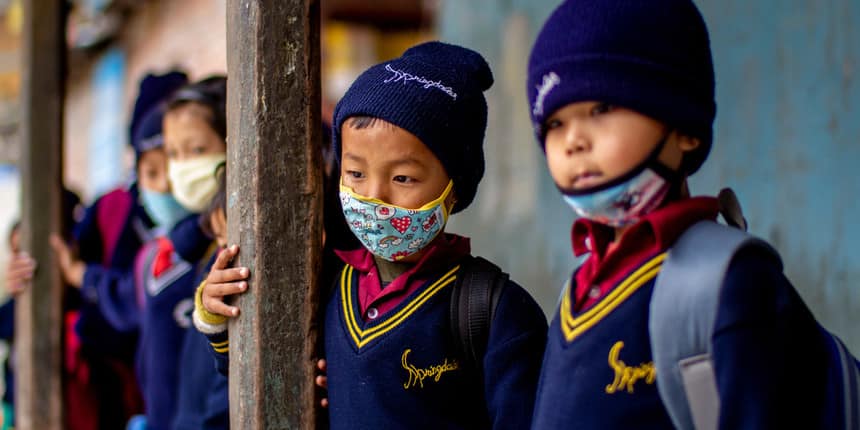India spends only 0.1% of GDP on early childhood education: Report
Atul Krishna | September 20, 2022 | 06:19 PM IST | 2 mins read
Early Childhood Care and Education: India needs to increase spending on ECE by four times to universalise ECE. Currently, Arunachal Pradesh spends the highest amount

NEW DELHI: India spent only 0.1 percent of its gross domestic product (GDP) on early childhood education in 2020-21, a report released by the Centre for Budget and Governance Accountability (CBGA) and non-profit Save the Children foundation has found.
Early childhood education refers to the education of children between the age of 3 to 6 years.
The report titled Cost of Universalising Early Childhood Education (ECE) in India said that India has the largest number of children between the age of 3 to 6 years – more than 9.9 crore – but is far behind rich countries which spend more than 0.7 percent of GDP on ECE.
The report said that India, on average, spends only Rs 8,297 per child on ECE services in 2020-21. It estimates that India needs to spend a minimum of Rs 32,500 per child per year in anganwadi and Rs 46,000 per child per year in pre-primary section to achieve universalisation of ECE by 2030. It also said that this can only achieved if India allocates 1.5 to 2.2 per cent of GDP for universalisation of ECE.
The National Education Policy (NEP) 2020 states that universal provisioning of quality early childhood development, care, and education must be achieved by 2030.
However, the report also notes that although the earlier draft of NEP suggested spending 1.4 percent of total government expenditure for the universalisation of ECE, the final report is silent on funding.
Early education budget
The report said that the country’s allocation to ECE, including both state and central government allocations, only comes to about 0.39 percent of the total budgetary allocation in 2020-21. It also notes that the percent of total budgetary allocation was 0.44 percent in 2018-19 and 2019-20, that is prior to the Covid-19 pandemic.
The report found that Arunachal Pradesh, Himachal Pradesh and Sikkim had the most allocation for ECE services for each child. Andhra Pradesh spent Rs 34,758 per child in 2020-21, followed by Himachal Pradesh which spent Rs 26,396 per child and Sikkim which spent Rs 24,026.
Meanwhile, Meghalaya, West Bengal and Uttar Pradesh spent the least on ECE services per child in 2020-21. Meghalaya only spent Rs 3,792 per child, West Bengal spent Rs 5,346 per child and Uttar Pradesh spent Rs 6,428 per child.
The report projects that the operational costs per child should be increased between Rs 32,5000 to Rs 50,000 per child depending on the type of institutions to ensure universal provisioning of early childhood education by 2030.
Based on sampling 14 different ECE institutions, the study projected that the operation costs per child should be between Rs 32,529 and Rs 45,759 in standalone anganwadi centres and between Rs 46,294 and Rs 49,159 in pre-primary sections of government schools.
The report also projected that stand-alone pre-schools and day-care centres will need to spend between Rs 36,524 to Rs 56,328 per child for the same purpose.
Follow us for the latest education news on colleges and universities, admission, courses, exams, research, education policies, study abroad and more..
To get in touch, write to us at news@careers360.com.